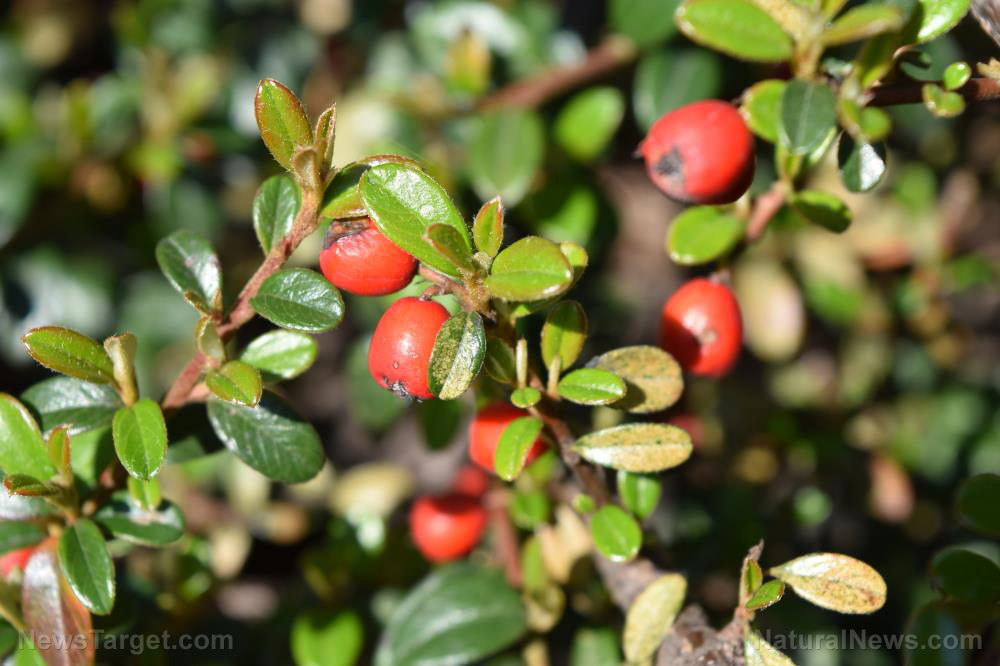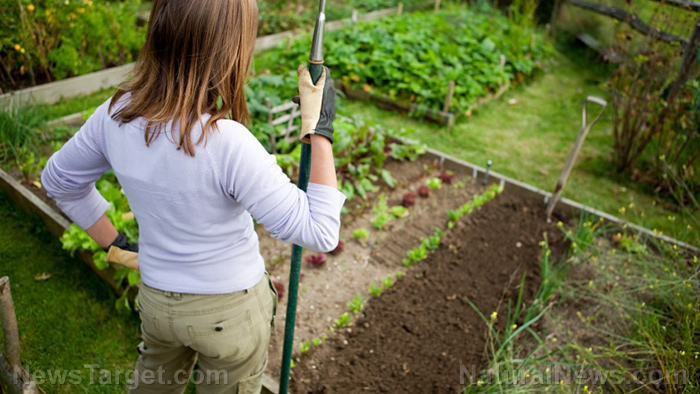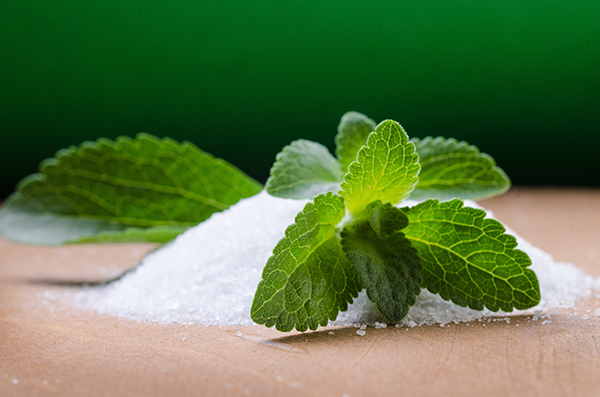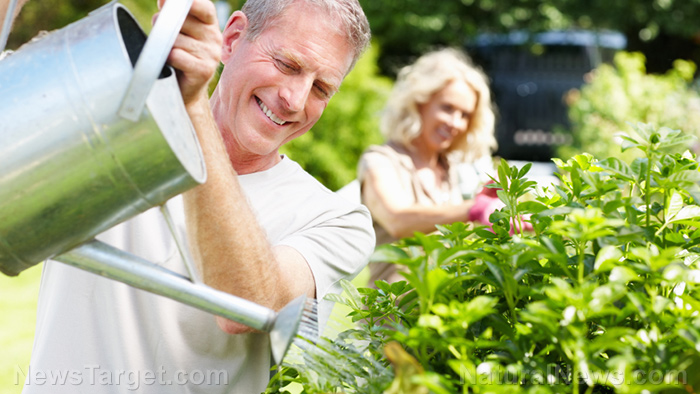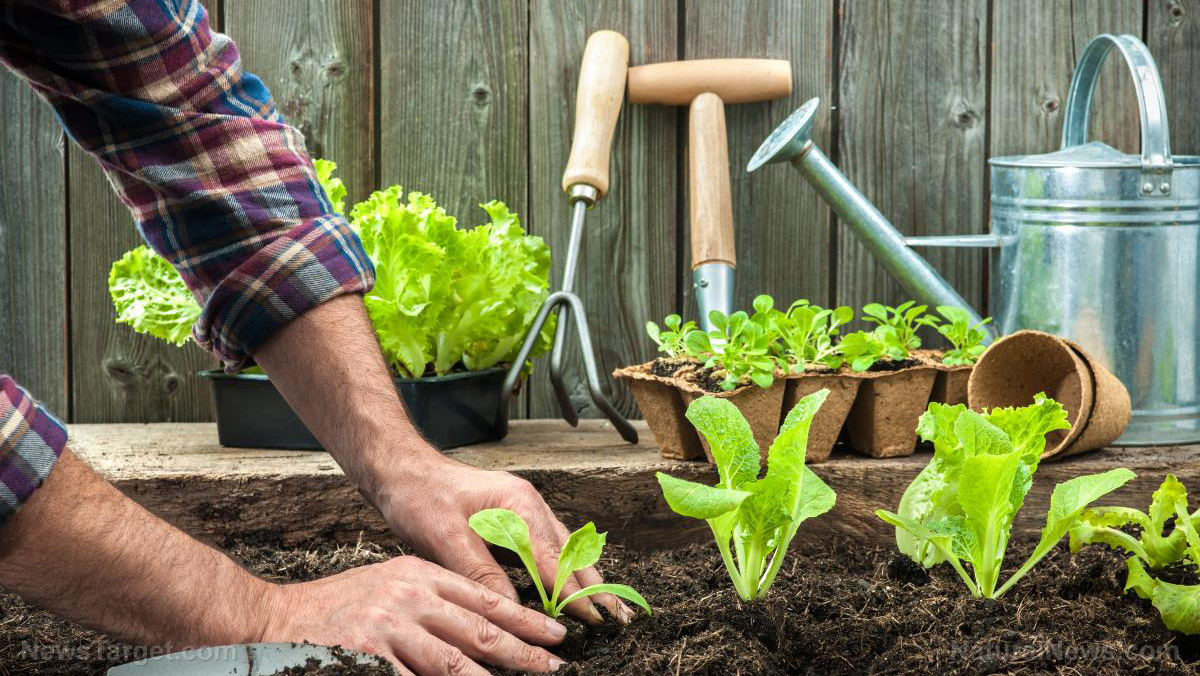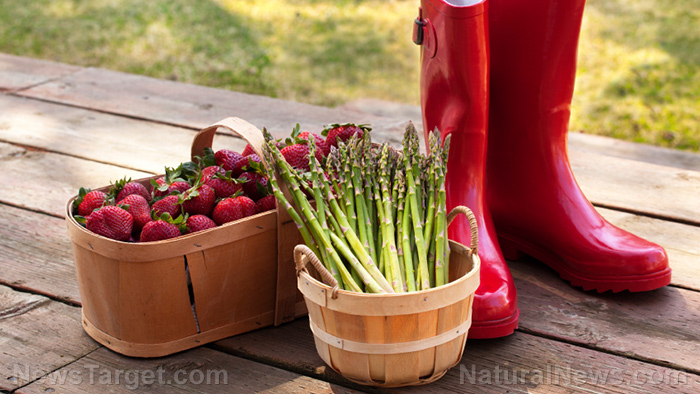Understanding seed packet information for a successful home garden
03/21/2022 / By Virgilio Marin
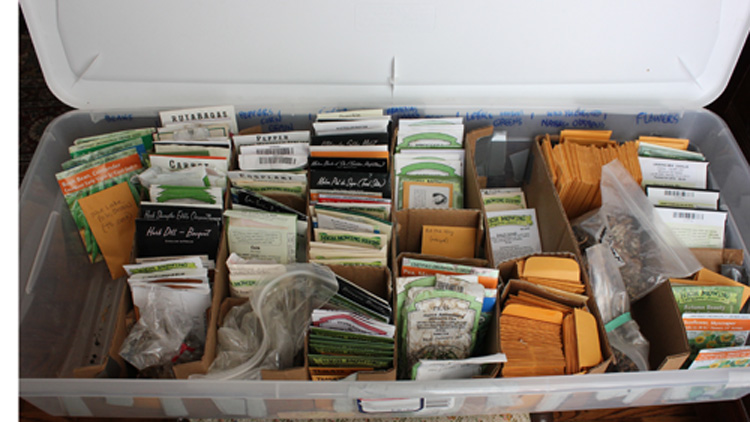
Learning how to read seed packet information is critical to the success of your home garden. Most seed packets contain instructions on how to properly take care of the seeds, but perusing these instructions can be confusing for new gardeners. Here’s how to read seed packet information for a successful home garden: (h/t to MelissaKNorris.com)
How to read seed packet information
Many seed packets contain information on the seed type, ideal temperatures, days to germinate, plant description, spacing, susceptibility to disease and days to harvest.
Seed type
Veteran gardeners recommend purchasing heirloom seeds, which are seeds passed down through generations in a family, instead of hybrid varieties. These old-time favorites are non-GMO and can be bought from companies and local farmers. Look for the terms “heirloom,” “heritage” or “open-pollinated” when shopping for seeds. If you don’t see any of these listed, then the seeds are most likely hybrid varieties.
Temperature
Most seed packets contain information on the ideal temperatures for growing. This lets you know the appropriate time of the year to plant the seeds and indicates their hardiness (whether they’re suited for warm or cold weather).
Days to germinate
This refers to the average number of days it takes for the seeds to sprout. It is usually expressed as a range, such as seven to 14 days. This means that the seeds will emerge as tiny seedlings after a week to two. Bear in mind that this range is only an average, so it can come up short if soil temperatures are on the cooler side, for instance.
Plant description
The description is an important part of seed packets as it provides information about a certain plant’s characteristics. It tells you about its growing habits, how it handles weather conditions, etc. While not all seed descriptions are specific, this section of the packet is incredibly helpful when you’re narrowing down your seed selection. (Related: Safe sprouting starts with choosing the right seeds – here’s how.)
Spacing
Spacing refers to how much area the seeds need to grow successfully. Look for this information before purchasing seeds to assess whether your garden is spacious enough to house certain plants. If you’re pressed for space, choose crops that grow in small garden spaces, such as leaf lettuce and tomatoes
Susceptibility to disease
Some seed packets indicate if the seeds are disease-resistant varieties, particularly for crops that are commonly affected by blight, such as tomatoes. Look for the wordings “disease-resistant” or “resistant to blight.” Not all companies list this, but many do when applicable.
Days to harvest
The term “days to harvest” refers to the average number of days from planting to harvesting. Always look for this information before buying seeds to be able to plan ahead and find the suitable seeds for your garden. If your area has a short growing season, pick a variety with a few days to harvest. Even a 14-day difference can make a big difference when it comes to harvest yield.
Some packets instruct you to plant the seeds indoors first. For these packets, the number of days to harvest begins from the time when you start planting the seedling outdoors, not from the time you start the seeds indoors.
Growing a successful garden at home entails being a literate reader of seed packet information. Use this as a guide when you shop for seeds.
Sources include:
Submit a correction >>
Tagged Under:
green living, heirloom seeds, home gardening, homesteading, how-to, off grid, preparedness, prepper, prepping, seed packet information, seeds, survival, sustainable living
This article may contain statements that reflect the opinion of the author
RECENT NEWS & ARTICLES
COPYRIGHT © 2017 OFFGRID NEWS




